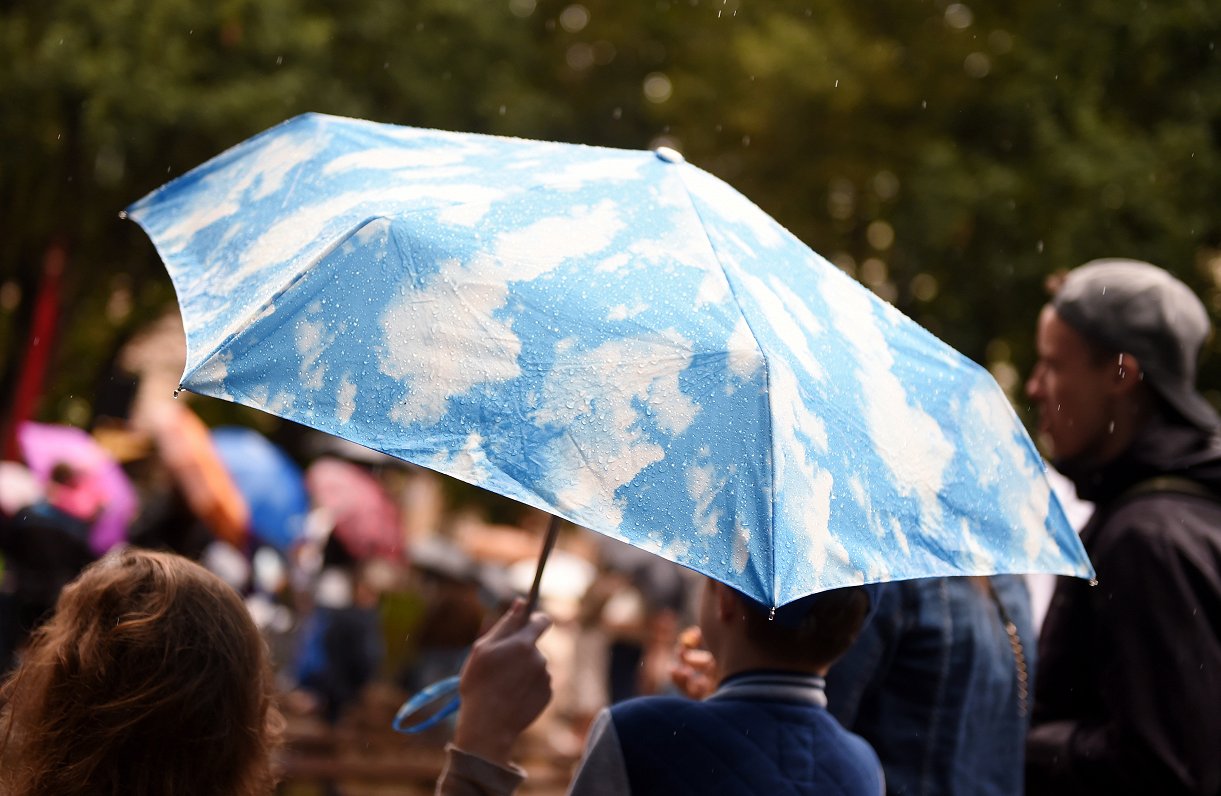Of the 264 popes who preceded the current Pope Francis and Pope Emeritus Benedict XVI, 148 are buried in St. Peter’s Basilica in Rome, in the Vatican caves, with the first of them, the dedicatee apostle of Christ. of the building. But 116 popes chose to be buried elsewhere, most of them in other Roman basilicas or in other Italian churches, but also in France for eight of them.
This is the case, first of all, of Gregory VI, born in Cologne around the year 1000 and who only occupied the throne of Saint Peter for a little more than a year, between May 1045 and December 1046. The 153rd Pope had little time, during his pontificate, to get rid of two rivals, his predecessor Benedict IX who had reversed his abdication and Sylvester III, who had been proclaimed Pope elsewhere. Although he died two years later, in 1048, in his hometown, he was buried at the abbey of Cluny, in Burgundy.
Shorter still was the pontificate of Gelasius II, 161e pope between January 1118 and January 1119. A native of Gaeta around 1060, he also had to oppose two rivals, Antipope Clement III then Antipope Gregory VIII raised by Emperor Henry V. Seeking the support of the king of France Louis VI le Gros, it is while coming to meet him in Vézelay while he was ill that he died in 1119 at the abbey of Cluny where he was buried.
The Popes of Avignon
Then came the Popes of Avignon and first of all the first of them, Bertrand de Got, born in 1264 in Villandraut in Guyenne. Crowned 195e pope in 1305 under the name of Clément V, he chose not to settle in Rome, which was in the midst of the doldrums and preferred to join Avignon in the Comtat-Venaissin, papal stronghold since 1229. It was under his reign that the trial of the Templars which led to the abolition of the order during the Council of Vienna in 1312. While he wanted to return to his native village, he died in 1314 in Roquemaure and his remains were transferred two years later to the collegiate church of Notre-Dame. Lady of Uzeste in Guyenne.

His successor and 196e pope, John XXII exercised his pontificate from 1316 to 1334. Originally from Cahors where he was born in 1244, John XXII has especially been remembered as a pope who organized the papal administration. It was he who established the permanent establishment of the papal court in Avignon. He had the Notre-Dame des Doms church enlarged there, where he was buried when he died in December 1334, at an advanced age for the time of 90 years. After him, Benedict XII, who was born in the county of Foix around 1285, was the 197th pope from 1334 to 1342. Although calling himself an ass at the time of his election, he was a reforming pope of the curia and of the religious orders. Died in Avignon in April 1342, he too was buried in the Church of Notre-Dame des Doms.
Two Limousin Popes
Clement VI, 198e pope from 1342 to 1352, was born in Limousin in 1291. Benedictine of Chaise-Dieu, scholar and diplomat close to the King of France, he was called the Magnificent in opposition to his ascetic predecessor. It was he who built in Avignon a new palace worthy of his nickname. Died in December 1352, he rests in the abbey church of Saint-Robert de la Chaise-Dieu in Auvergne in a tomb surmounted by a Carrara marble recumbent statue covered with a layer of gold. His successor, also born in Limousin in 1282, 199e pope from 1352 to 1362 under the name of Innocent VI, enjoyed a discreet pontificate but was a literate and thrifty pope. When he died in September 1362, he joined the Chartreuse Notre-Dame-du-Val-de-Bénédiction in Villeneuve-les-Avignon, which he himself had founded.

A pope in Marseille
Native of Gévaudan in 1310, Urbain V, 200e pope from 1362 to 1370, had mesh from Bertrand du Guesclin from whom he literally had to buy the freedom of Avignon. Urban V, in spite of the opposition of the King of France, made the decision to return to Rome which he did in 1367. But in the face of threats from both the papal states and Avignon, he returned to the latter. where he died in December 1370. Two years later, in accordance with his wish, his remains were transferred to the abbey of Saint-Victor de Marseille, of which he had been the abbot. It was finally his successor, Gregory XI, who returned to Rome for good. Last French pope, he too would have wanted to be buried in the Chaise-Dieu but the Romans did not accept it.
The heart of Pius VI
To this list, it is appropriate, to finish, to quote Pope Pius VI. A prisoner of France under the Directory, he died exhausted in Valence, capital of the Drôme, in August 1799. After the signing of the Concordat, his body was brought back to Rome but, at the request of the inhabitants of Valence, his heart and his entrails returned to the city where they rest in the Saint-Apollinaire cathedral.
So many places to discover during the last days of summer?
–


